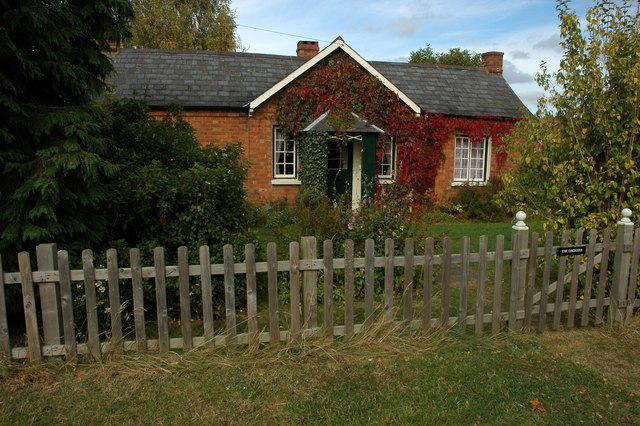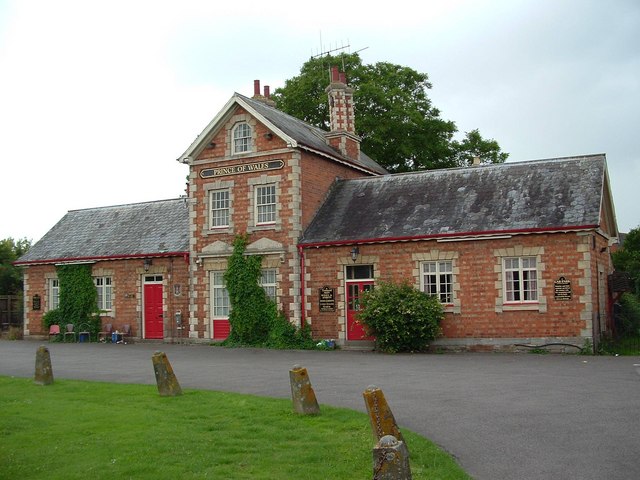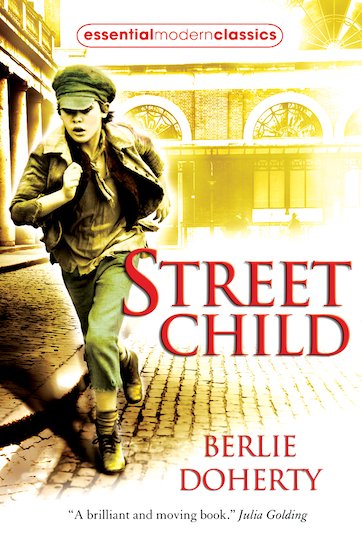
.
Statement of Intent, Implementation and Impact for History
Intent-What do we aspire for our children?
At Staunton and Corse C of E Academy we shape our history curriculum to ensure it is fully inclusive to every child. Our aim is to fulfil the requirements of the National Curriculum for History. We will provide a broad, balanced and differentiated curriculum that encompasses Christian and British Values throughout. We will ensure the appropriate progressive development of historical concepts, knowledge and skills.
At Staunton and Corse, we aim for a high quality history curriculum which should inspire in pupils a curiosity and fascination about Britain’s past and that of the wider world. Our teaching equips pupils with knowledge about the history of Britain and how it has influenced and been influenced by the wider world. Children will know and understand about significant aspects of the history of the wider world like ancient civilisations and empires; changes in living memory and beyond living memory; learn about the lives of significant people of the past; understand the methods of historical enquiry and be able to ask and answer questions. We want children to enjoy and love learning about history by gaining this knowledge and skills, not just through experiences in the classroom, but also with the use of fieldwork and educational visits, making links to our local area wherever possible. We will ensure any disadvantaged children are included in the educational visits where finance at home might not be sufficient to allow these.
Implementation -How will we deliver the curriculum?
In ensuring high standards of teaching and learning in history, we implement a curriculum that is progressive throughout the whole school. Children build on knowledge and skills learnt each year as outlined in our progression of skills documents. Cross-curricular links will be made where possible and is conducive to learning. Our curriculum is ambitious for all pupils and successfully adapted, developed and designed where appropriate for pupils with special education needs.
At Staunton and Corse, we will ensure that our History curriculum:
- Stems from a historical enquiry or puzzling questions from which learning will grow over a sequence of lessons. On occasions pupils will raise their own enquiry questions and consider ways to tackle them.
- Includes objectives that build knowledge of people, events, situations and developments.
- Develops an understanding of chronology and historical terms.
- Uses evidence and artefacts that allows pupils to develop their understanding of interpretation, cause, change, similarity, difference and significance.
- Provides opportunities for pupils to communicate findings and decide how to organise and present their ideas effectively.
- Includes opportunities for enriching learning at significant local and regional historical landmarks.
History is taught discretely, with classes having either a History or a Geography theme per half term. At Staunton and Corse, we ensure that History has the same importance given to it as all the other subjects. Work in History is recorded in children’s books and in their Seesaw journals. Once a year children will be assessed with low stakes quizzes, written outcomes or pupil discussion Children will be assessed using a ‘best fit’ approach as ‘below ARE’ or ‘at ARE’.
Curriculum Enrichment
Where possible, every unit of work is enriched by a school trip, or by a visitor coming into school. Trips and visitors are carefully planned to ensure they link with what is happening in the classroom. For example, Year 3 and Year 4 visit to the National Roman Legion Museum in Caerleon to support their understanding of how the Roman legions lived and see the cramped rooms where the men slept and stored their weapons – the only Roman legionary barracks still on view in Europe! . Year 5 and 6 visit the local War Memorial when studying WWII and Year 1 and 2 visit the Jet Age Museum to view Gloucestershire’s rich aviation heritage.
How do we provide for all learners?
Most pupils enjoy learning about the past, but some struggle with aspects of reading and writing. Pupils are encouraged to work as independently as possible, but reasonable adjustments are made for those pupils with SEND. Teachers aim to make history accessible and engage pupils of all abilities by adapting planning; pre-teaching of vocabulary; live modelling during lessons; where appropriate reducing outcome expectations; providing scaffolding, individual or group support or give additional time to complete tasks.
Valuing Our Local Heritage
Staunton and Corse is a Chartist Settlement and is proud to be on The National Heritage List as one of the most significant historic sites in England. As some of out children live in or close to the Chartist bungalows we believe strongly that children should have a rich understanding of their local heritage. This is why local history about Chartism is woven into our history curriculum to ensure it is explicitly taught in upper key stage 2 and our rich aviation heritage is taught in key stage 1. Sunbeams class also visit The Dean Heritage Centre, an accredited museum with over 20,000 precious objects and documents relating to the heritage of the Forest of Dean. Here they experience what schools were like in the past. With a link to Geography whilst studying 'Rivers' Trinity class visit the National Waterways museum at Gloucester Docks, which tells the 200 year story of inland waterways. Rainbows whilst learning about 'Transport' learn what our villages are like by taking the local bus to our neighbouring village. They also visit Perrygrove Steam Railway in the Forest of Dean to ride on a narrow gauge steam train! To appreciate and promote agriculture, horticulture and our local farming and rural heritage, our whole school visit the Royal Three Counties Show.




Teaching History Through Narrative
Story telling is the most wonderful way of engaging children with history. If we encounter new knowledge within a narrative, we are more likely to retain that knowledge. When possible history units of work will be taught alongside thematically linked texts during English lessons. For example, when studying World War II, Aurora class' study novel is ‘Goodnight Mister Tom' by English author Michelle Magorian. Similarly, Year 3 study the text 'The Ancient Egyptian Sleepover' by Stephen Davis whilst studying the Ancient Egypt unit.
.png)
Reading Across the Curriculum
History provides an ideal context for extending children's literacy, in speaking and listening, reading and writing. To help develop children's reading skills and knowledge of the history taught children are encouraged to independently read age-appropriate texts that link to the history topic being studied, or topics that have been previously studied.






Impact-How do we know our history curriculum is effective?
The impact and measure of this is to ensure that children at Staunton and Corse have a chronological framework, which enriches historical language and pupils’ understanding of key concepts. This will inform later learning, not only in history but across the curriculum. Children will have knowledge that is pertinent to history with a real life context. Children will have a good understanding about the local, national and global “world around them” and how it has been shaped.
By the time pupils leave Staunton and Corse Primary Academy in Year Six they will have a coherent knowledge and understanding of Britain’s past and that of the wider world and should:
- have knowledge and understanding of some of the significant people, events, and periods from the history of their locality, Britain and the wider world and be able to fit these into a secure chronological framework. They should have knowledge and understanding of different technological, scientific, cultural and aesthetic achievements along with social, political religious and economic developments from the past.
- be able to demonstrate their understanding of the past by describing some of the differences and similarities between the periods they have studied and by beginning to suggest causes and consequences of the main events and changes. They should be able to make some links and comparisons between periods of history. They should be able to identify some of the different ways in which the past is represented.
- be able to demonstrate their understanding of the past by describing characteristic features of periods and societies from the ancient to the more recent past, and by identifying contrasts, connections and trends within and across periods of history. They should be able to identify and describe some short- and long-term causes and consequences of the main historical events and changes studied. They should be able to identify and describe some different ways in which the past has been interpreted.
- be able to use different sources of information to help them investigate the past and use relevant information to support their findings. They should understand how our knowledge of the past is constructed from a range of sources.
- be able to describe past events, people and developments using dates and terms appropriately and select and organise information to communicate their understanding of the past in different ways.
Pupil Voice
We believe that if children have become knowledgeable historians, then they will be able to articulate their understanding with confidence. This is why pupil voice is an important tool in assessing whether children have made progress. If a child is able to confidently formulate and explain their own responses to an overarching enquiry, then the curriculum and its delivery have been successful.
Please see our Progression of Skills document below.



Sunbeams -Visit to Dean Heritage Centre in the Forest of Dean to see what schools were like in the past

A cave in the classroom as a reading cave



Trinity Class visit to the National Roman Legion Museum in Caerleon



Primary Quest visit to Eastnor Castle

Field Trip to sketch a Chartist Bungalow








